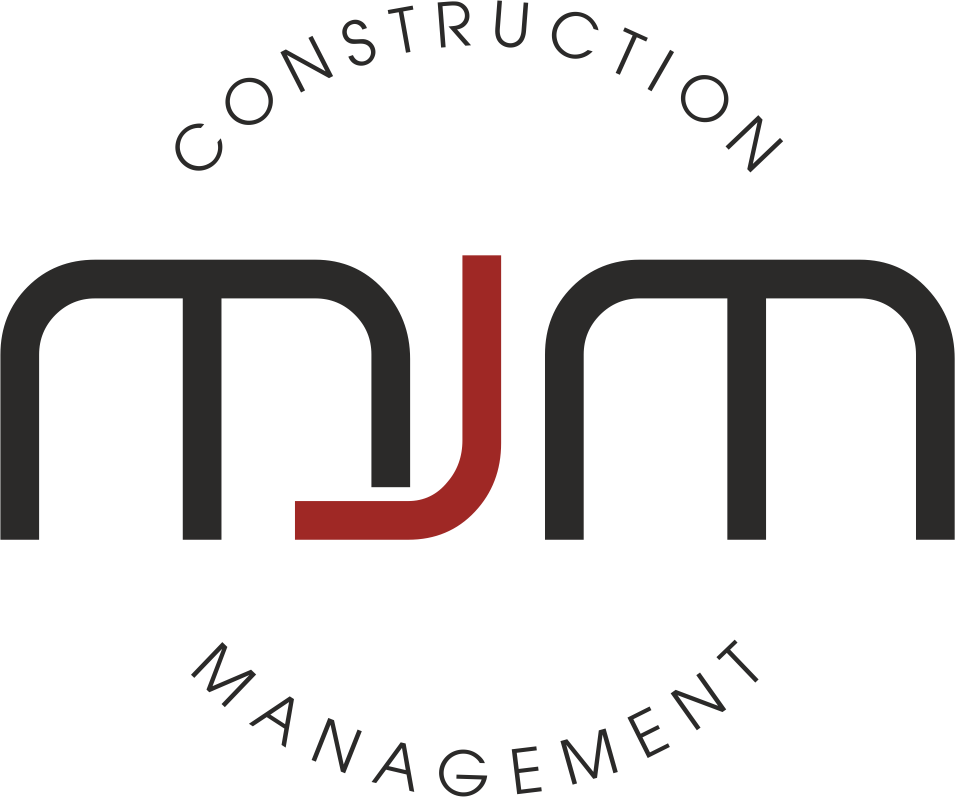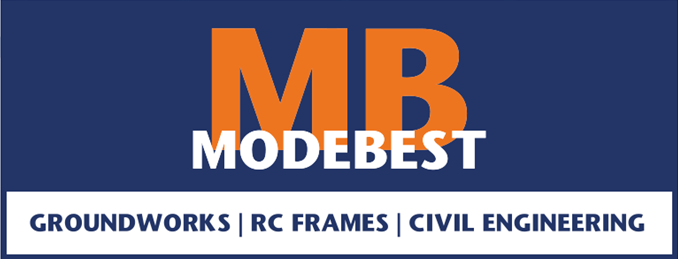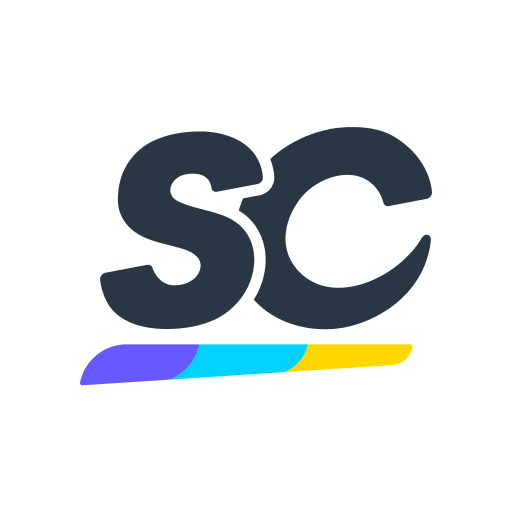Pre-Lift Checklist
-
Site conducted
-
Conducted on
-
Prepared by
-
Location
Procedures
Roles and Responsibilities of Team members.
-
Site Supervisor:
-
Rigger:
-
Signal Person:
-
Lift Director:
Rigging Decisions (Confortable making decisions for lift planning)
-
Sling Selections:
-
Hitch Types:
-
Sling Lenghts:
-
Rigging Hardware:
-
Sling Inspections:
Crane Capacity
-
Operator is responsible for their equipment, Particular Load Charts and limitations of that equipment. i.e. (Boom deflection, Equipment capacity, equipment set up, line pull). If applicable
-
Has the Lift Plan Short Form been completed by the operator?
Type of Equipment:
-
Crane (Lift Plan short form needed)
-
Telehandler
-
Excavator (Lift Plan short form needed)
-
Loader
-
Skidsteer
Lift Plan
-
Do you have a lift plan? (If Yes, please describe.)
Risk Assessment
-
Has a task that kill risk assessment been completed? (Required)
-
T5/Toolbox Lead person:
Area Visual
-
Any obstruction within lifting zone?
-
Is Crane-Set up area safe? i.e. (level surface, stable ground, area is cordon).
-
Items to be lifted:
-
Other Equipment used:
-
Personnel (First Name, Last Name):
Zone Set up
-
Area to be zoned off. (Description of general area)
-
Authorized employees allowed in the zone (Two Maximum) First Name, Last Name.
-
Operator(s) acknowledge personnel in the zone?
Load Position
-
Description of load movement:
-
Obstructions/Obstacles within the swing radius: (If yes, please describe below)
-
List obstacles:
-
Description of final landing zone position:
Rigging Requirements
-
Sling Load Limits
-
Sling Configurations:
-
Load Ratings:
-
Sling Type: i.e. (Wire rope, Nylon, Strap, Chain)
-
Clevis Size:
-
Clevis Load Limit:
-
Attachment Placement:
Spotter
-
Name: Firs Name, Last Name
-
Location oriented to load: i.e. (Catwalk, platform, ground, man-lift)
-
Visibility: i.e. (Eye contact with operator)
-
Radio Communication:
-
Hand Signals: Is everyone aware of hand signals being used?












